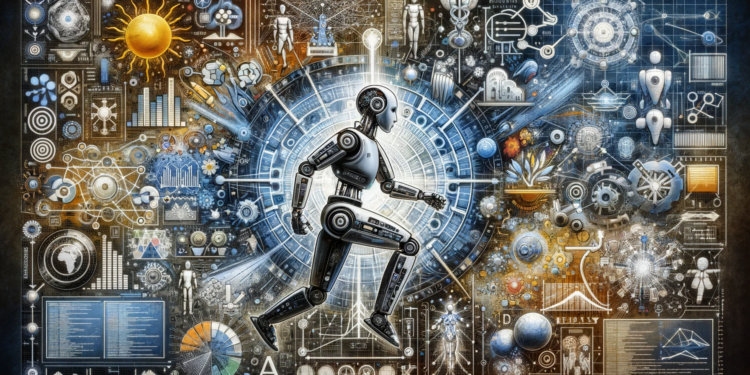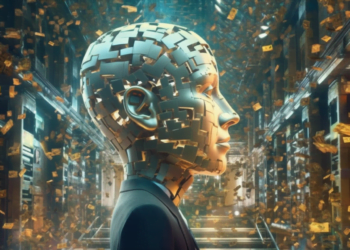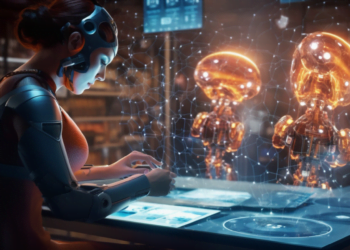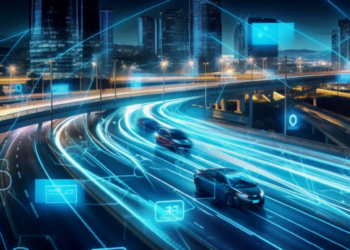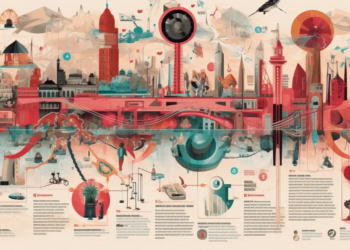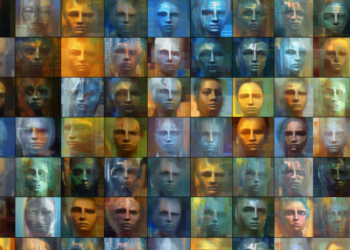At the intersection of two burgeoning fields of science, machine learning (ML) and robotics are radically transforming the paradigm of automation and autonomous behavior. This analysis provides an up-to-date view of how ML is influencing and empowering robots to carry out tasks of increasing complexity, ensuring unprecedented adaptability and efficiency.
Theoretical Foundations and Advanced Algorithms
ML offers a range of algorithms and models, the selection and application of which intrinsically depend on the specificity of the robotic task at hand. While supervised learning methods use labeled data to teach robots to recognize patterns and make predictions, unsupervised approaches enhance the ability to identify hidden structures in unlabeled data. Reinforcement learning (RL), in particular, has emerged as a promising ML approach in robotics, enabling robots to learn optimal action policies through interaction with their environment.
A. Deep Learning and Neural Networks
The explosive growth in data and the increased computational power available have brought about unparalleled advancements in deep learning. Convolutional neural networks (CNNs), for example, are fundamental in computer vision, enabling robots to make informed choices of action based on precise visual recognition. On the other hand, recurrent neural networks (RNNs) are crucial for tasks that involve temporal sequences, such as robotic manipulation control and trajectory-based navigation.
1. Transfer Learning and Domain Adaptation
Transfer learning allows robots to apply knowledge gained in one context to similar but different tasks, significantly reducing the need for labeled data. Domain adaptation, a related subfield, seeks to fine-tune deep learning models to function under conditions different from those they were originally trained on, a critical necessity in dynamic robotic environments.
B. Reinforcement Learning and Self-Learning
Transformative at its core, RL has led to significant advances in autonomous decision-making abilities. Deep RL models, such as Deep Q-Network (DQN) and proximal policy optimization (PPO), have enabled robotic systems to complete challenges involving a multitude of state variables and actions. Additionally, self-learning, where robots autonomously construct their training set through exploration, is becoming essential for unstructured environments.
Emerging Practical Applications
The applicability of ML in robotics extends to a plethora of industries and situations, from advanced manufacturing to personal assistance, through to robotic surgery and autonomous exploration.
A. Robotics in Manufacturing Space
In manufacturing, the use of ML is optimizing production efficiency through robots that adapt their behavior based on real-time defect patterns, improving their precision at work. The integration of ML-enhanced vision systems has improved the accuracy of picking and placement in high-speed environments.
B. Personal Robotic Assistants
Personal robotic assistants, endowed with machine learning capabilities, now possess a greater ability to interpret and respond to human needs, from emotional recognition to learning individual preferences, thus introducing a more organic human-machine cooperation.
C. Surgery and Medical Diagnosis
The medical field has seen a revolution in precision and assistance with surgical robots that learn from each procedure, enhancing surgical efficacy and reducing patient risk. Automated diagnostic systems, through ML, provide faster and more accurate assessments of medical images.
Comparison with Previous Works
Contrasting with traditional robotic techniques, which relied on manual programming and rigid systems, current ML methods indicate a step towards systems that can not only learn and adapt, but do so at a speed and with a sophistication that was unimaginable just a decade ago.
Projection to Future Innovations
The future fusion of ML in robotics promises fine-tuned autonomy, where robots could communicate and learn together through federated learning techniques, optimizing operations across networks of collaborative devices.
Case Studies
An exemplary case study is the use of autonomous robots in space exploration, like NASA’s Martian rovers, using ML to navigate uncharted terrains and conduct scientific analysis. Another example is the development of robotic limbs that learn and adapt to each user’s movement style and needs.
In conclusion, the symbiosis between ML and robotics is paving the way for advances that redefine our systems of work, health, and exploration. Deepening in ML techniques specifically tailored to robotic challenges not only expands our capabilities as a society but also challenges our understanding of what is possible in the realm of artificial intelligence and autonomous robotics.

